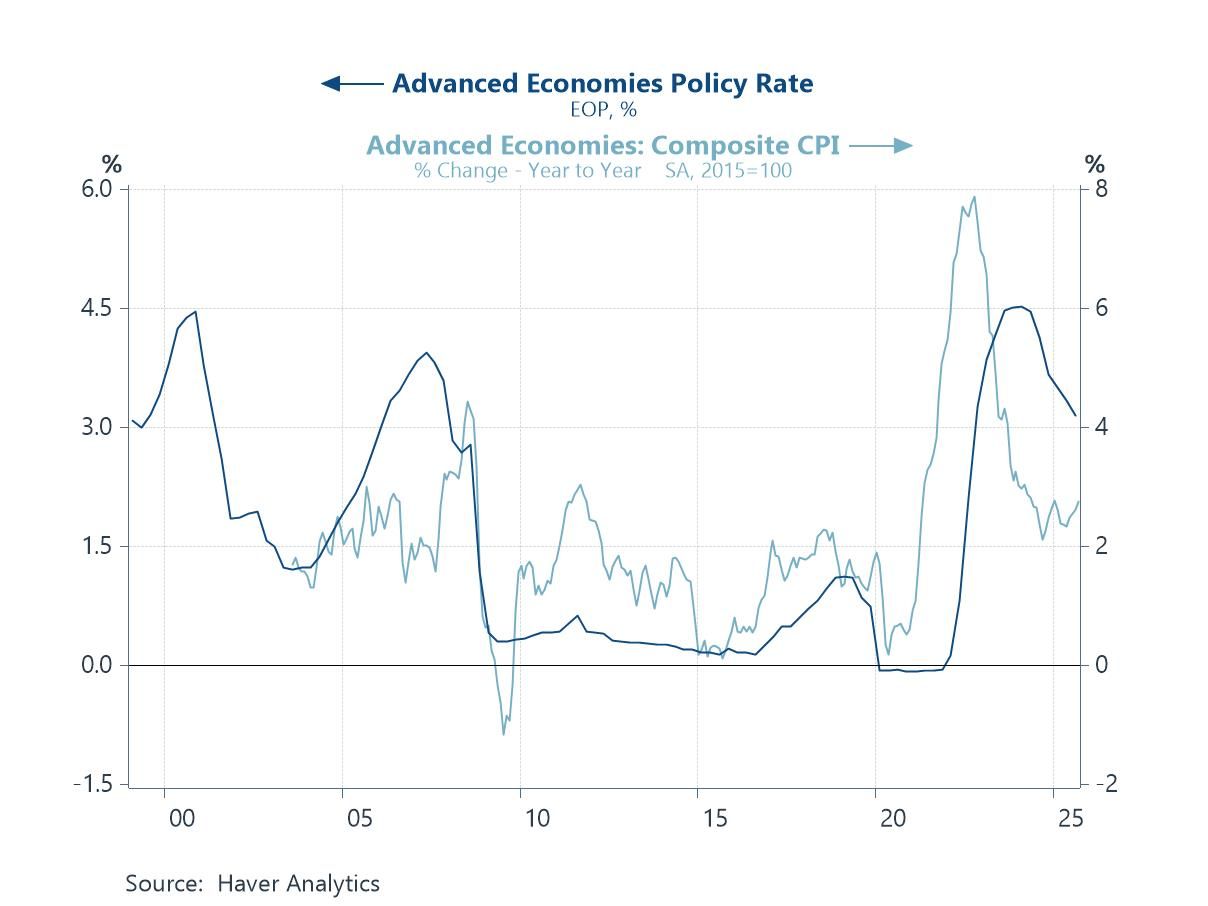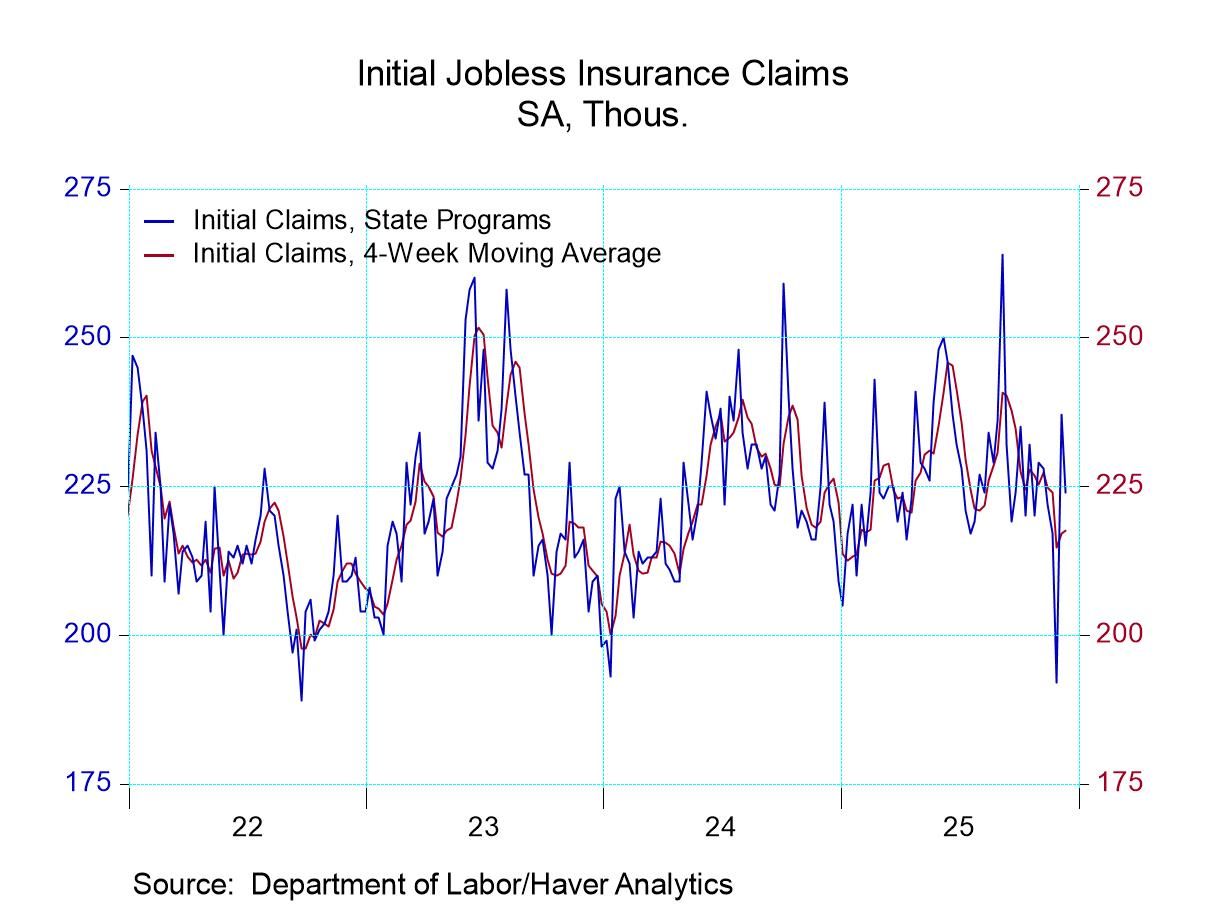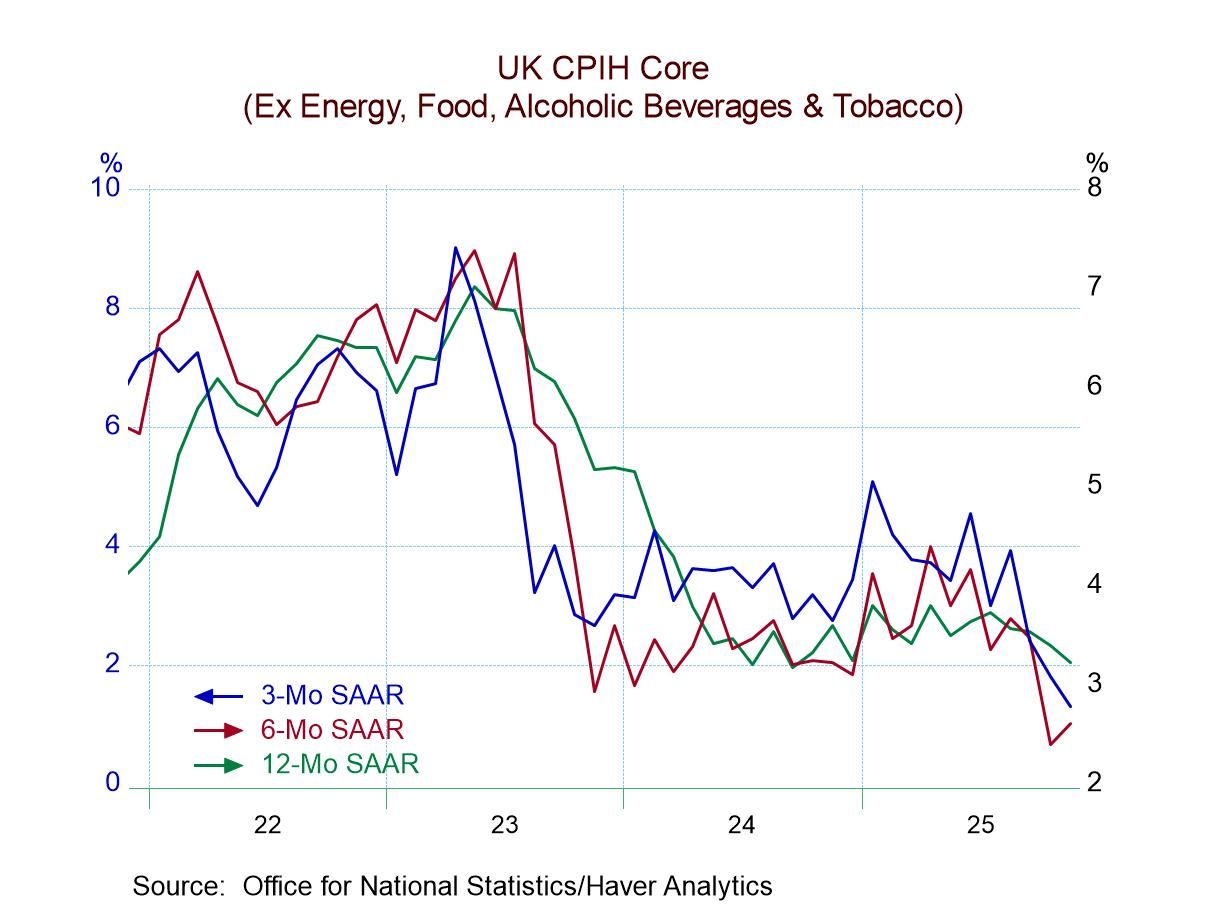 Asia| Feb 13 2024
Asia| Feb 13 2024Economic Letter From Asia: Japan’s Journey
In this week's letter, we shift our focus to Japan, covering topics such as monetary policy, inflation, wages, the property market, and recent movements in asset prices. We first note recent investors’ views on the forthcoming actions of the Bank of Japan (BoJ), taking into account recent communications and inflation trends. We then delve into inflation disparities within the regions of Japan. We next examine Japan’s residential property market, and acknowledge the recent acceleration in sales prices and rental rates. We then discuss developments relating to the upcoming spring wage negotiations, highlighting key announcements and commitments made so far. Finally, we examine the latest trends in Japanese equities and the yen, observing the ongoing rally in stocks amidst a renewed decline in the currency's value.
Monetary policy The Bank of Japan (BoJ) left its policy settings unchanged in January, as widely expected. The central bank also revealed updated economic forecasts, indicating expectations of slightly firmer GDP growth and lower CPI inflation (excluding fresh food) for the fiscal year ahead. Perhaps more interestingly, the BoJ noted that the likelihood of realizing its price stability outlook has gradually risen. Some analysts interpreted the remarks as hints at imminent policy normalization, with a few now seeing BoJ rate hikes commencing from as early as March. Others, however, remain skeptical of substantive BoJ policy rate hikes soon, noting factors such as the lingering economic damage from Japan’s recent earthquakes. With that said, recent central bank messaging has lately hinted at possible tightening moves via the ending of risky asset purchases, but leaned against rapid interest rate hikes.
Chart 1: Japan’s policy rate vs. peers

Inflation and virtuous cycles Japan’s headline inflation has been moderating, after having peaked at 4.4% in January 2023 (chart 2). Much of the disinflation has been driven by falling energy prices, and more recently by non-fresh food and non-energy items, as reflected in Japan’s “core core” inflation measure. Despite this, the Bank of Japan (BoJ) remains committed to fostering a "virtuous cycle" between wages and prices, hoping that inflation will drive wage increases, and vice versa. Moreover, the BoJ is aiming to create a "virtuous cycle" of income to spending across both corporate and household sectors. In this regard, the BoJ has observed positive trends, noting that Japan's business investment and private consumption have shown moderate improvements, even amid the challenges posed by slowing economic growth internationally. However, questions about the sustainability of these "virtuous cycles" may arise if inflation continues its downward trend.
Chart 2: Inflation in Japan

Regional inflation Digging deeper into inflation, we find the extent of price increases to be uneven across Japan, as illustrated in chart 3 below. On one side, cities such as Kagoshima, Osaka, and Tsu have seen their CPI inflation rates drop below 2% year-over-year as of December. On the flip side, cities and regions including Kochi and Okinawa are experiencing escalating price pressures. Specifically, Kochi recorded a December inflation rate of 4.2%, propelled by increases in food and recreation, among other factors, while Okinawa saw its inflation rate strengthen to 3.7%. However, the most recent data shows that inflation in Tokyo, which is reported ahead of the national figures, decreased to 1.6% in January, down from 2.4%.
Chart 3: Regional inflation in Japan

Residential property prices Turning our attention to Japan's real estate sector, chart 4 highlights significant price growth in the Tokyo Metropolitan Area in recent months. In particular, the sales prices for family-sized apartments in January 2024 increased by 4.2% y/y, up from 3.3% in September. Similarly, the rental prices for these apartments have also seen an uptick, rising to 5.2% y/y from readings below 3% in 2021. This pattern of accelerated growth in both sales and rental prices is evident for apartments suited to couples and singles as well. For clarification, the increases in sales and rental prices are based on the Recruit Residential Price Indexes (RRPIs), which utilize a hedonic regression method for calculation.
Chart 4: Residential property sales and rental prices in the Tokyo metropolitan area

Spring negotiations Circling back to the prior discussion on “virtuous cycles”, there is much to watch regarding Japan’s wage developments as spring negotiations kick into high gear. The negotiations between unions and employers – termed as Shunto – are usually held near the end of the fiscal year in February or March. For starters, Rengo, Japan’s largest trade union with about seven million members, has already said it will seek wage increases of at least 5% this year. Also, several large companies have already announced sizable wage hikes for the upcoming fiscal year, some as high as 16%. To provide context, Japan's spring wage negotiations in 2023 led to an average wage increase of 3.6%. Consequently, Japan could experience an accelerated rate of wage growth if the efforts of unions and the commitments made by companies turn out to be significant overall. Furthermore, improved wage growth would help to slow the real wage deterioration currently experienced by Japanese workers (chart 5), assuming inflation does not accelerate from here.
Chart 5: Japan wage growth and inflation

Japanese equities and the yen Lastly, we examine recent trends in Japanese equities and the yen. Japanese stocks have maintained their impressive performance, building on the momentum from the previous year. Specifically, the TOPIX index has seen a 35% increase since the end of 2022, with 10 percentage points of this growth occurring in 2024 alone. The recent rise in equity prices has been partly fueled by foreign investors amid net capital inflows, while domestic investors have been selling off their equity holdings. However, the demand for yen by overseas investors to purchase equities has not been sufficient to counter the recent weakening of the currency. So far this year, the yen has depreciated more than 5% against the dollar, as market expectations for significant tightening by the Bank of Japan have diminished. The recent depreciation of the yen has almost nullified its recovery from late 2023, with the USD/JPY rate approaching the 150 mark again as markets look for further indicators.
Chart 6: Japanese equities and the yen

Tian Yong Woon
AuthorMore in Author Profile »Tian Yong joined Haver Analytics as an Economist in 2023. Previously, Tian Yong worked as an Economist with Deutsche Bank, covering Emerging Asian economies while also writing on thematic issues within the broader Asia region. Prior to his work with Deutsche Bank, he worked as an Economic Analyst with the International Monetary Fund, where he contributed to Article IV consultations with Singapore and Malaysia, and to the regular surveillance of financial stability issues in the Asia Pacific region.
Tian Yong holds a Master of Science in Quantitative Finance from the Singapore Management University, and a Bachelor of Science in Banking and Finance from the University of London.






